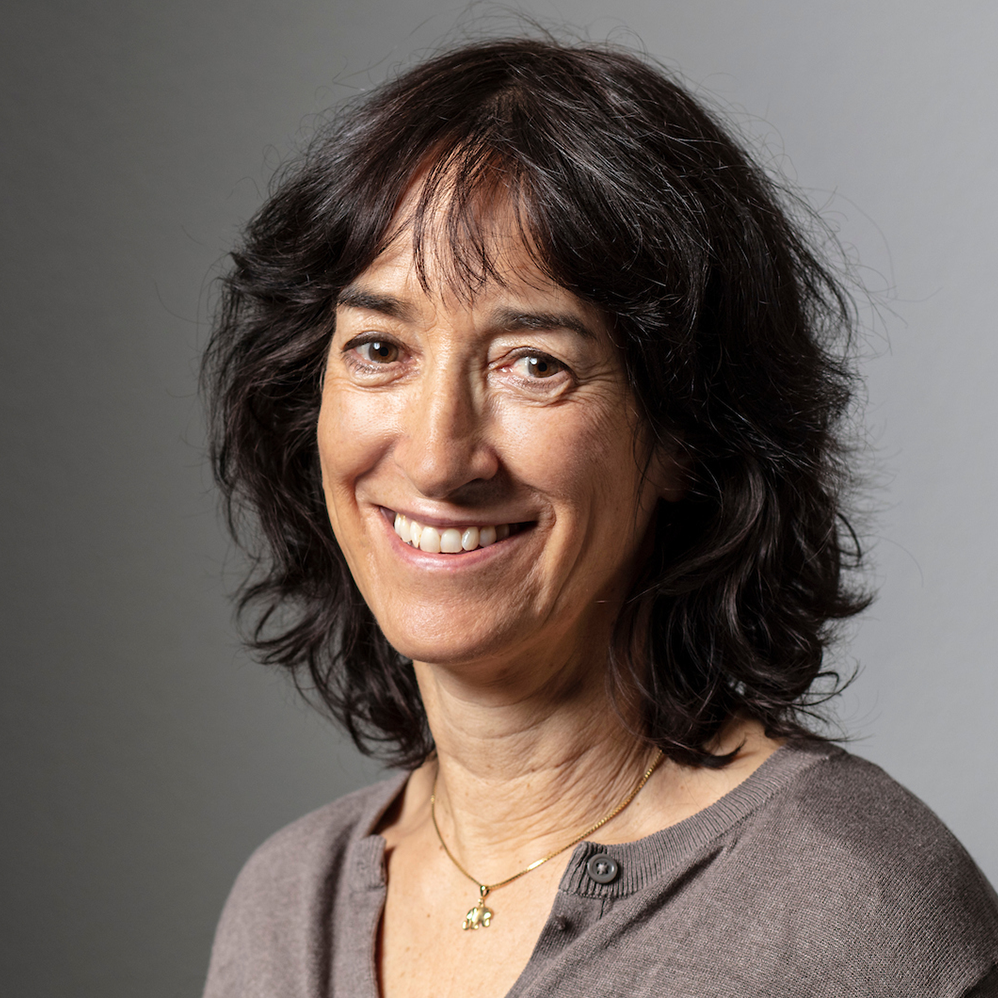
Virtual humans show way forward for tourism

Scientists in Zurich have developed a computer programme that could help preserve Switzerland’s alpine landscape while at the same time promoting tourism.
The Federal Institute of Technology programme shows planners what is likely to attract or deter tourists.
It is based on information collected in the mountain village of Schönried near Gstaad.
The winter ski resort has recently suffered a dearth of snow, due to its relatively low altitude of 1,200 metres.
As climate change continues to take its toll, villages like Schönried are looking increasingly to summer tourism to make up the cash shortfall.
Happy hikers
To make the results as realistic as possible, PhD students Duncan Cavens and Christian Gloor have spent two summers interviewing hundreds of summer hikers in Schönried, asking them about their routes and why they chose them.
The data is fed into a modelling system, in which virtual people or agents, represented as red stick figures, are given individual characteristics.
They wander through a three-dimensional simulated landscape and eventually, over a number of runs, develop a preference for certain paths. They may bypass routes they find boring, such as forest paths with no views.
At the end of each simulation, the agents provide feedback about their routes, which is used by the programmers to work out how enjoyable each one was.
“In planning, people often develop multiple scenarios that are difficult to evaluate,” explained Cavens.
“With this kind of system, we’re hoping to be able to evaluate these scenarios and say that this scenario is much better for this type of person or this kind of activity.”
Cow views
The tool examines how tourists would react if, for example, subsidies for grazing were cut by 50 per cent, causing 60 per cent of pastureland to turn to forest. With the removal of grazing cows, the model shows that the area becomes less attractive for tourists.
When a cable car is closed down, the virtual humans have to trek through forests and spend hours getting to the peaks. Not surprisingly, they decide to avoid this route in future.
Agent-based modelling has been used before by the Federal Institute of Technology for evaluating traffic and evacuation scenarios.
One example is a panic situation at Zurich main train station, one of the busiest in the country. In an experiment to discover whether the exits are the right size, the programme simulates what happens when 1,000 people try to leave the station at once.
Cavens explains: “One individual decision doesn’t really make a difference. But if a thousand people are all trying to leave from one exit, because they are not able to see any other doorway, there is a huge cumulative effect.”
Similarly, in the Schönried study the researchers are not trying to simulate individual hikers, but to get an overview of hiker behaviour generally.
Number crunching
Cavens insists that it is important for tourism bosses to have specific figures for future planning purposes.
“Usually, tourism operators are only able to give their best guesses, and it’s very difficult to argue with the finance people, who want to know the actual economic impact of hiking,” he said.
“Using this programme, we can say that if you allow the trees to grow by 50 per cent, you’re going to lose 30 to 40 per cent of your visitors.”
Real people will soon be taking a virtual hike around the simulated alpine landscape, and giving their feedback on the walks. The information should help the programmers to create more realistic surrogate humans.
Cavens is hoping the programme can also be adapted for other alpine resorts, so that they too can look at ways of improving their summer offering.
swissinfo, Julie Hunt in Schönried
The project is funded by the Swiss National Science Foundation.
It’s based on a model already used in traffic planning.
Scenic beauty analysis has been used in assessing the popularity of American parks.
It helps tourism bosses to find out how changes to the landscape affect visitor numbers.
The Federal Institute of Technology in Zürich is developing a computer programme, which should help tourism bosses resist landscape changes that could drive visitors away.
The tool allows planners to analyse the economic impact of cable cars closing down or cows disappearing from the alpine landscape.

In compliance with the JTI standards
More: SWI swissinfo.ch certified by the Journalism Trust Initiative




























You can find an overview of ongoing debates with our journalists here . Please join us!
If you want to start a conversation about a topic raised in this article or want to report factual errors, email us at english@swissinfo.ch.